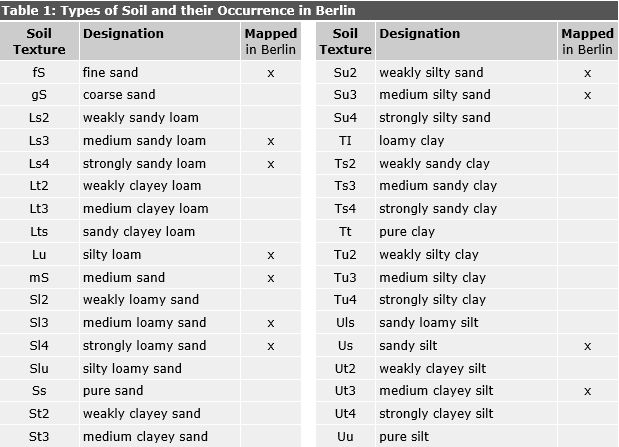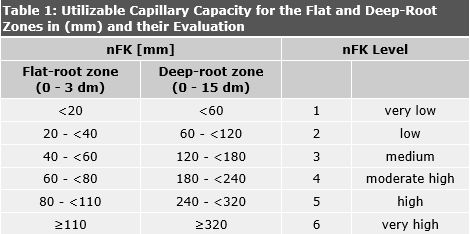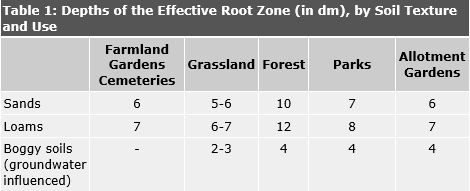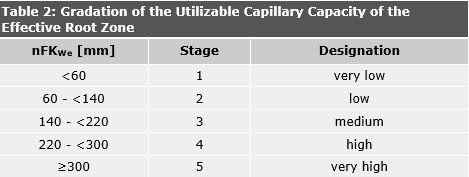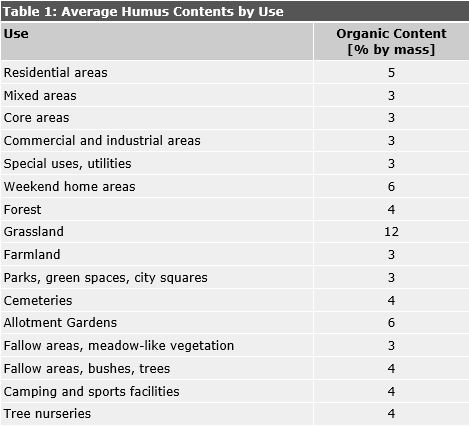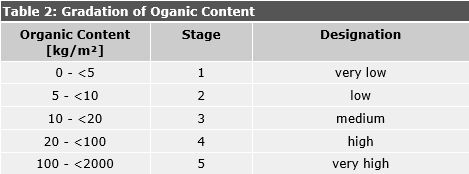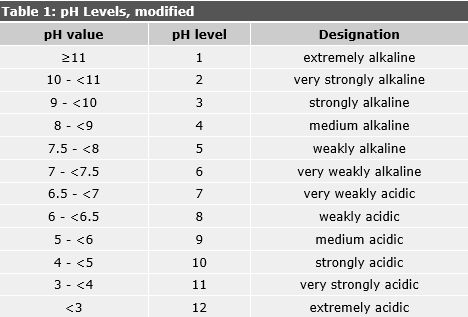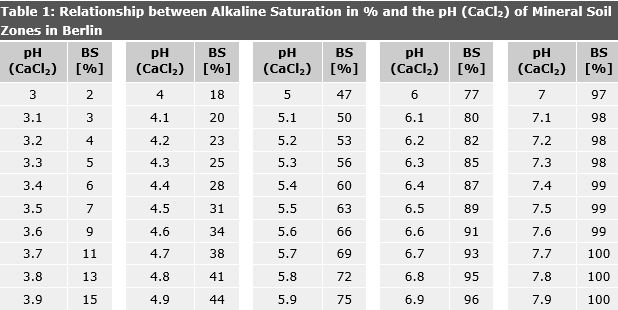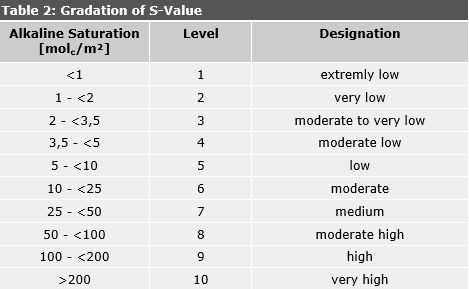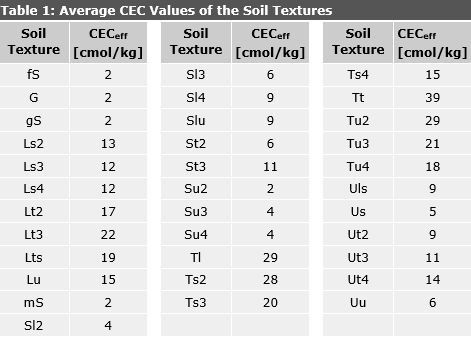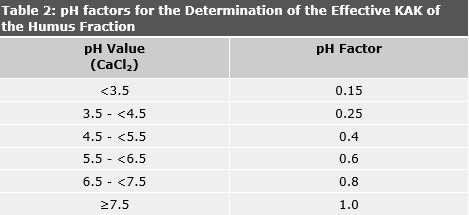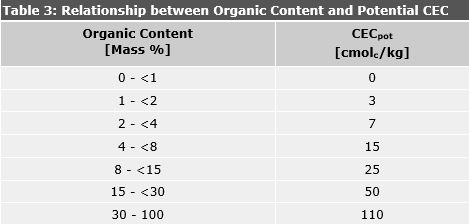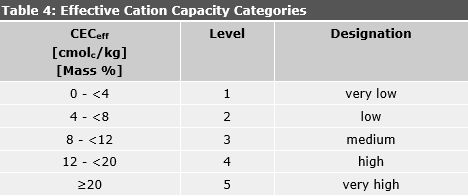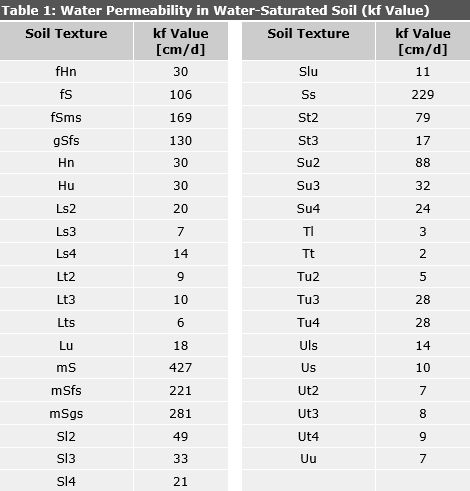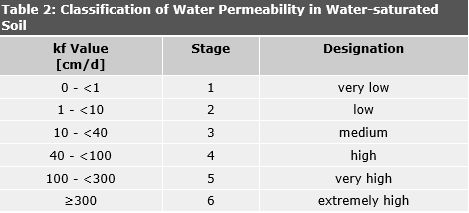01.06.1 Soil Textures
Description
The type of a particular soil, or “soil texture” is determined by the grain size composition of its mineral components. Coarse soil (grain diameter > 2 mm) and fine soil (grain diameter < 2 mm) types are distinguished. In addition, in very wet locations, peat is formed by the accumulation of incompletely decomposed plant material, which overlays the mineral soils.
Fine Soil Textures
Fine soil textures are formed from certain proportions of the grain fractions clay, silt and sand. The main soil types are subdivided into clay, silt, loam and sand, with loam representing a grain mixture of sand, silt and clay. Soil texture is an important identification value for the derivation of such ecological qualities as nutrient and pollutant retention capacity, hydrologic budget and retention capacity, and filtration and buffering capacity for pollutants.
Coarse Soil Textures
All mineral components of the soil > 2 mm in diameter are described as coarse soil textures, or the soil skeleton. The proportion of coarse soil has an effect on water permeability, air and nutrient balance, and the capacity to bind nutrients and pollutants. The higher the share of coarse soil, the more permeable a soil is, due to the large pores, while the capacity to bind and the nutrient level depend on the type of fine soil.
Peat Textures
Peat is formed in a water-saturated environment from the accumulation of incompletely decomposed plant material. It is characterized by a high water-retention capacity and a very high cation exchange capacity (CEC). Various peat textures can be distinguished, according to the type of plant remains and their formation conditions. Bog peat is rich in alkalines and nutrients, and in many cases, even in carbonates. Transition-mire peats include plant remains from both low and high-nutrient locations.
Methodology
The fine, coarse and peat soil textures, each differentiated between topsoil and subsoil, were determined for each soil association. The data were essentially taken from the profile sections by Grenzius (1987). Some values have been supplemented by expert evaluations.
The mapped fine soil textures are summarized in Table 1. Since the soil textures are in many cases different in the topsoil and the subsoil, respectively, due to the material of which the soil was originally formed, to the soil development and to its use, they have been examined separately. In addition, soil textures which occur frequently within a soil association are identified as the main soil texture, and distinguished from the more rarely occurring soil textures, known as subsidiary soil textures.

